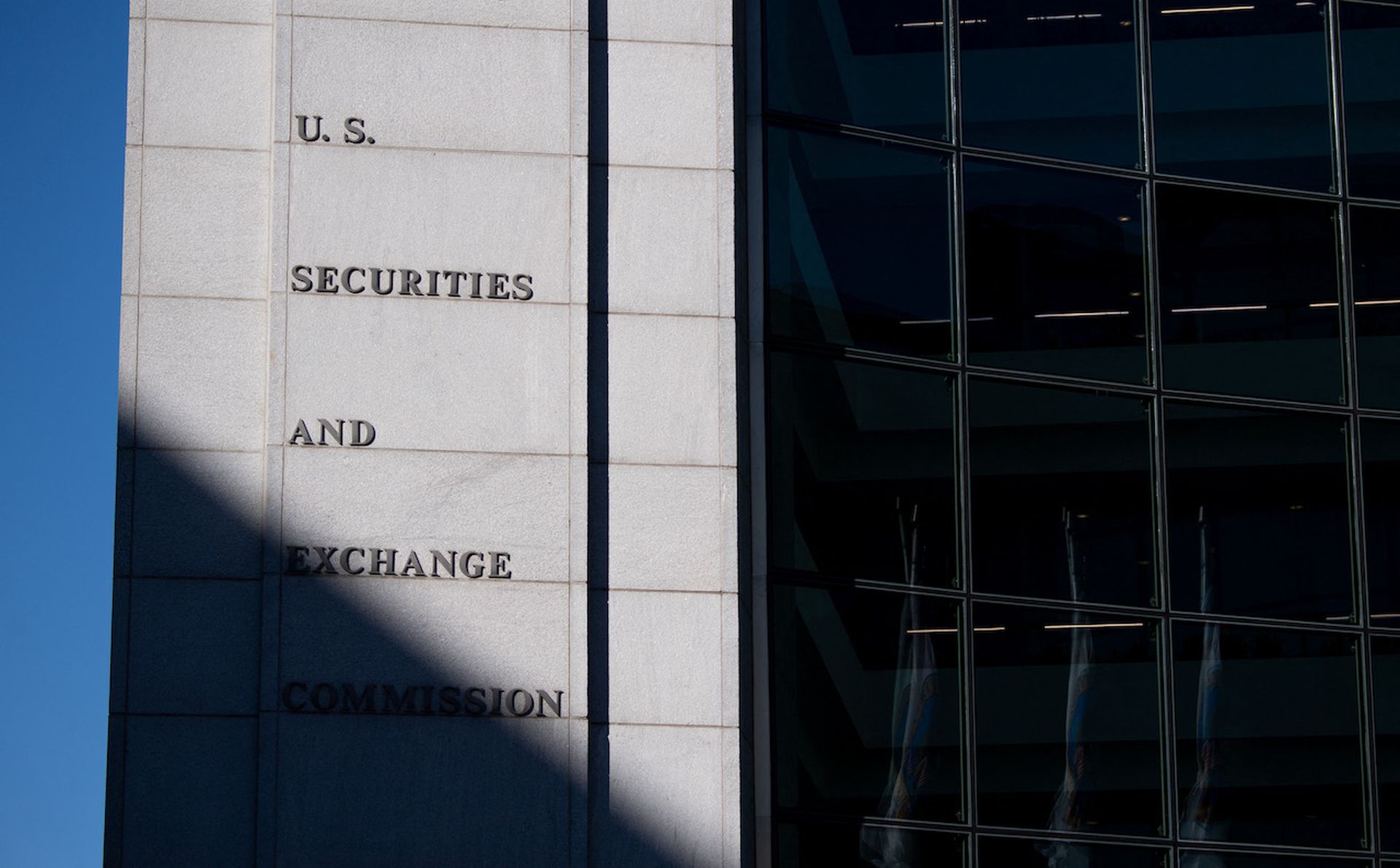Nearly three-quarters of police officers who work on child sex abuse cases report that they have had to deal with abuse images on work computers.
Seventy-six percent of officers surveyed said they have worked on cases where child sexual abuse material was found on work computers within the private sector, while the corresponding figure within the public sector was 58 percent.
This is according to NetClean which published its report, “Eleven unbelievable truths” in October. It contains a number of myth-busting facts about child sexual abuse including truth number seven which is that child sexual abuse material is found on computers at work.
Meanwhile, today the children's commissioner published a report which says that reported cases of child sexual abuse in the UK are just the tip of the iceberg, with an estimated seven in eight cases going unreported.
It found that two-thirds of child sexual abuse takes place within the family or trusted family circle, that 75 percent of victims were girls and abuse was most likely to occur at about the age of nine.
A key finding of the report is that despite campaigns to encourage children to speak out, they often don't until years later. It recommends providing more training to teachers and social workers to recognise the signs of sexual abuse even when children don't speak out.
NetClean's founder and CEO Christian Berg said that more effort should go into identifying paedophiles within the workplace because as many as two people in a thousand use work computers to view child sexual abuse material.
“While it may appear strange for people to do this at work, many people actually find their work computer to be the only truly private computer they own,” Berg said. “It is not shared with their spouses or children, it is often a laptop and they are the only person who uses it. Paradoxically, this makes them feel more secure to use it, even if it's for viewing illicit content.”
Last year the company published research which claimed that one in five corporate networks has been used to download child pornography. It interviewed 141 IT professionals at a conference and found that in only 3.5 percent of cases did the discovery lead to a criminal investigation, and in 69 percent of cases nothing was done.
He called on organisations to “help stop the spread of child sexual abuse by monitoring their corporate networks for possible perpetrators and reporting suspicious activities to the authorities and police”.
He said it was not unusual for perpetrators to download the material on non-work computers onto removable media such as a USB stick and then view it on the work computer.
NetClean's report is based on a survey of 368 police officers in 28 countries including the UK, European countries, Australia, New Zealand and the US. Disturbingly, it said that 83 percent of police said that the public and decision-makers were unaware of the extent of the problem of child sexual abuse.
The UK government announced in August that it would share a database of hash signatures of known images involving child sexual abuse. The hashes of the still images, which it shared with the Internet Watch Foundation, would enable internet service providers to filter out abuse images more quickly and without having to view them.
According to IWF's CEO Susie Hargreaves, the IWF hash list has grown to 19,000 category A images which have been tested by five global internet service companies.


